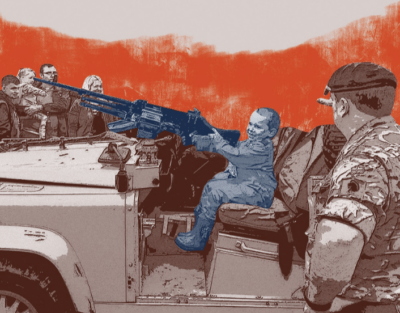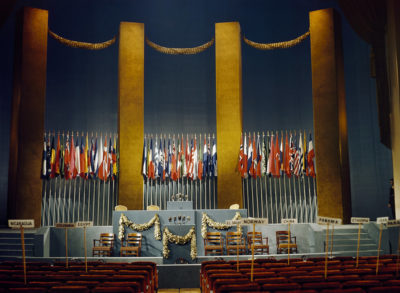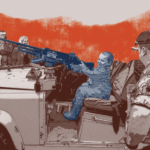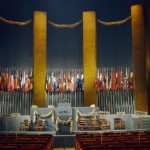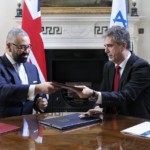Fighting the ‘Battle of the Narrative’: Communicating Army 2020
RUSI
A recent course organised for influencers was designed to convey the British Army’s response to a changing strategic landscape. Despite redeployment from Afghanistan and Reserve reorganisation, this exercise emphasised that the British Army is still very much in the war-fighting business.
Although it has been three years since the political decisions about future British defence capabilities were first formally articulated, debate rages on as the implications continue to be scrutinised beneath media and parliamentary spotlights. For the army in particular, discussion surrounding the wholesale transformation of its force structure – as prompted by the 2010 Strategic Defence and Security Review (SDSR) and subsequent spending reviews – has been compounded by the emotional fall-out inherent to job cuts, the loss of regiments and changes to the Regular-Reserve balance. And with the 2015 SDSR looming, and the possibility of further cuts,[1] there seems to be little sign that the furore is waning.
From the army’s perspective, however, the time for debating the merits of change is long gone. Indeed, implementation of the measures set out last year in Army 2020 and Future Reserves 2020 is already well underway.
Smaller budgets, the end of combat operations in Afghanistan, and an assessment of the likely nature of future military engagements – not to mention the return of soldiers from Germany and the consolidation of UK-based troops into ‘super garrisons’ – has served to inform the shape and structure of the army after 2014. This was underscored by the army’s ongoing reorientation from a campaign to contingency footing, with an emphasis on overseas engagement and capacity building, and national-resilience tasks. How the army will perform these roles and what these changes mean in practice were just two of the major questions addressed by the ‘Understanding the Army’ course recently held at the Land Warfare Centre in Warminster.
Public Engagement
Rolling out a two-day course, the first of its kind for some time and with more planned, may be a small PR exercise for the army amidst the swathe of changes taking place, but its aim – to provide a direct line of communication to the public from which it draws both its support and its staff – was significant. Attendees represented a cross-section of government, academia and the private sector, with varying levels of exposure to what the army is and does. Perhaps crucially, they were not senior professionals who would have heard the spiel before, but a newer generation who would, at the very least, return to the office having heard direct the army’s own views regarding its purpose and future plans.
The very running of the course demonstrated how the army is rethinking its public engagement, a necessary move given both the future structural emphasis on Reserve manpower. The message, therefore, was not just that the army is returning home from theatre and re-assessing its future role, but it is also seeking to strengthen its link with society.
See more: military in society, recruitment, public relations

